This is a demo store. No orders will be fulfilled.
An Angler's Buyers Guide to Fishing Bite Alarms
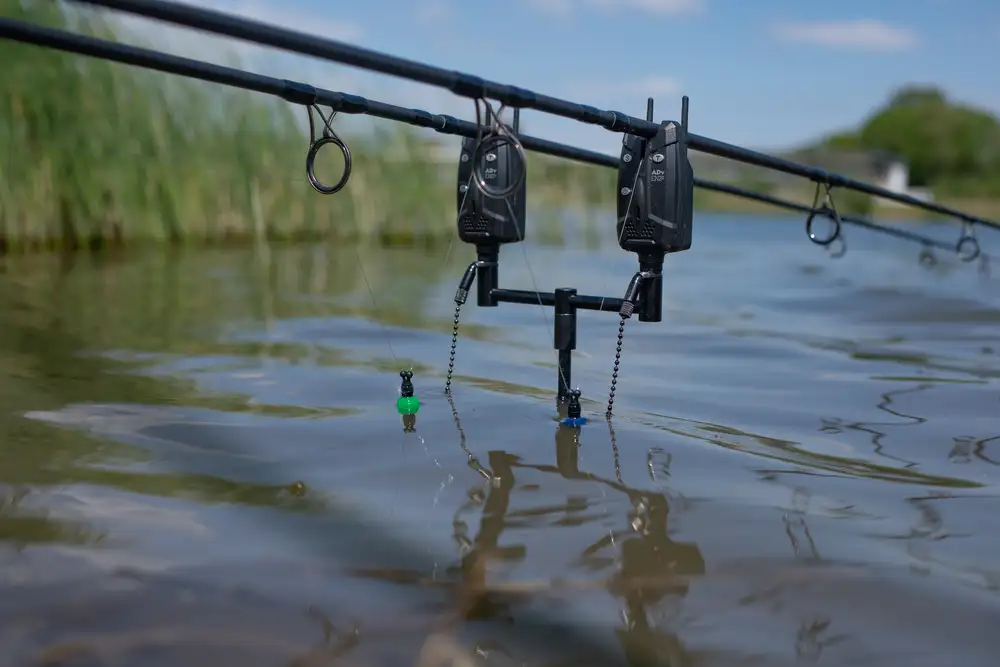
Nothing is worse than realising you’ve just missed out on the catch of a lifetime because you weren’t paying enough attention to your rod. A bite alarm is much more than just an electronic accessory – it’s your trusted partner on the bank! When you’re ready to bed down for the night, your alarm keeps faithful watch over your rig, ready to cry out when a fish decides it fancies your midnight snack. A great catch is a reason we all head out to the water, and you can rest assured that when it comes to fishing alarms, being let down simply isn’t an option.
What is a Fishing Bite Alarm?
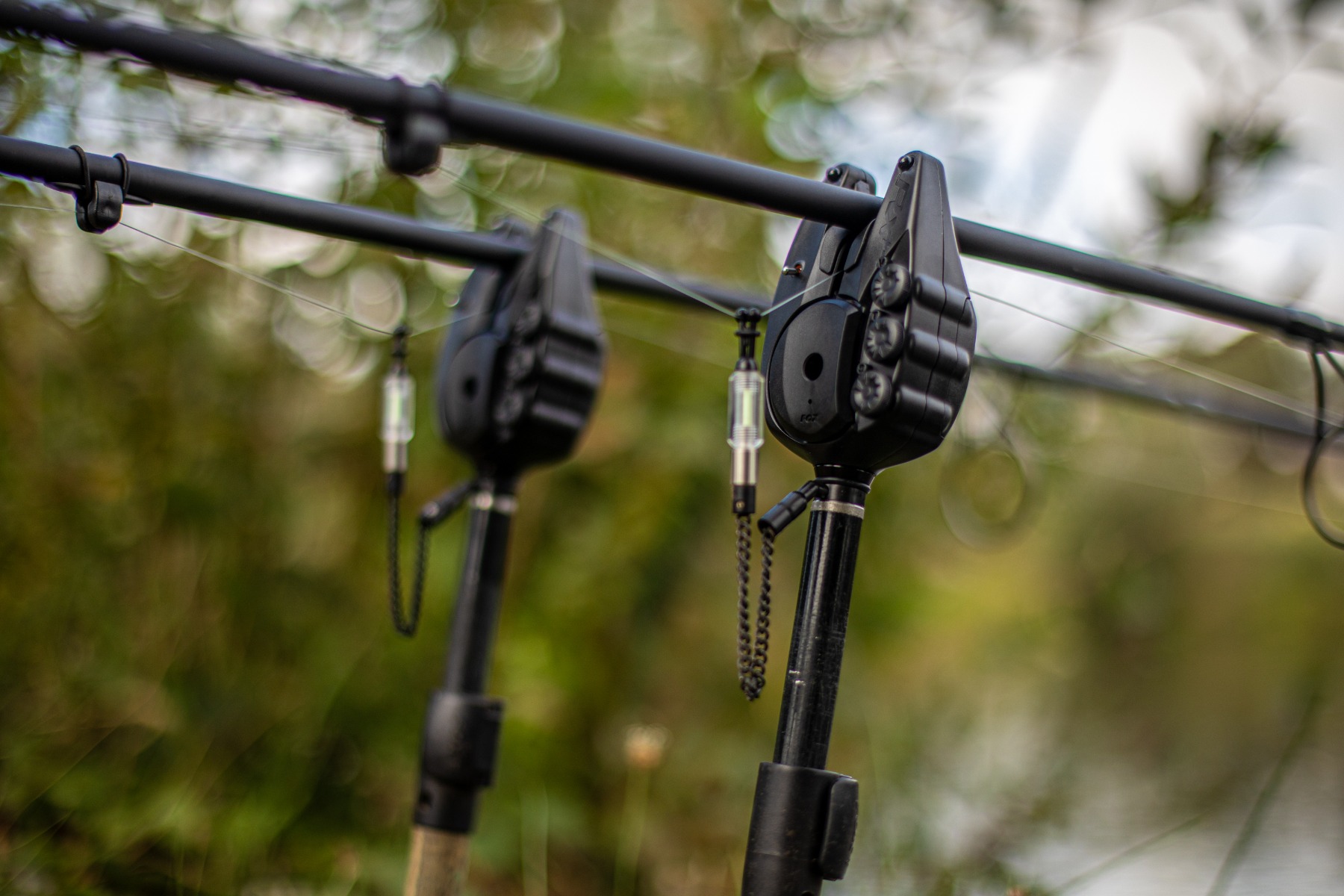
If you’re not familiar with bite alarms, they are exactly what they say on the tin! An alarm that warns you when you have a bite! Designed to enable anglers to fish through the night and for longer periods of time, the bite alarm means that when targeting carp you can switch off somewhat once your traps are set, knowing that you won't miss out on any action. It’s obviously impossible to watch a quivertip or float for 48 hours without sleep!
Bite alarms are available in many different shapes and sizes, with different specifications and features on each one, working on two principles either with a roller wheel or through vibrations they are also in a wide range of price brackets.
How do Fishing Bite Alarms Work?
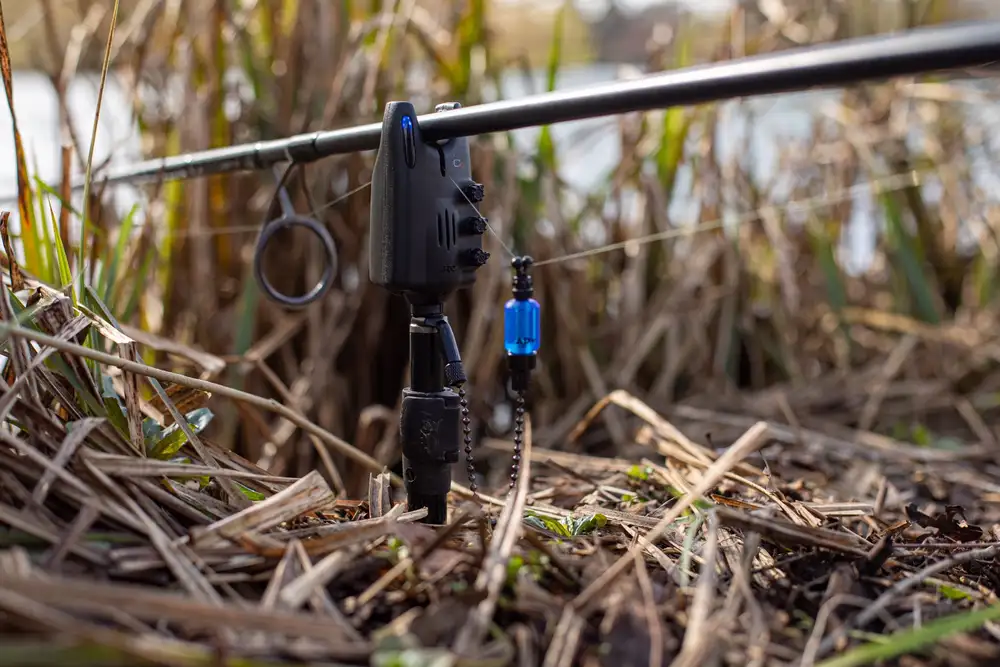
For the carp anglers yet to come across this genius piece of kit is a device that is attached to a rod holder and your rod is placed to sit upon it. A bite alarm is used to detect the movement and vibration of your fishing line in varying ways, depending on the model.
Bite alarms can detect line movement through either a magnetic roller wheel or through a piezo vibration sensor. A magnetic wheel is activated when your line moves the wheel which then causes the wheel to move and activate the sensor. A piezo vibration sensor has a small Y shaped sensor that your line sits upon and when the line moves it tilts the Y sensor and sets off the alarm. The bite alarm will usually notify you through a visual notification of LED Lights or audibly through a speaker when something is moving your line.
All modern bite alarms work by slotting your line through a sensor between the ears of the alarm. When the line gets disturbed, from the slightest jostle to an aggressive take, the bite alarm will light up and emit a beeping sound. The method used to identify a run changes with each model of bite alarm, from vibration sensors to roller wheels. However, throughout the models the basic principle is the same and the longer the beep, the more movement your line is experiencing, and the more likely it is that you’ve got a take (rather than simply a fish rummaging in and around your hook bait).
Features to look out for on a Fishing Bite Alarm
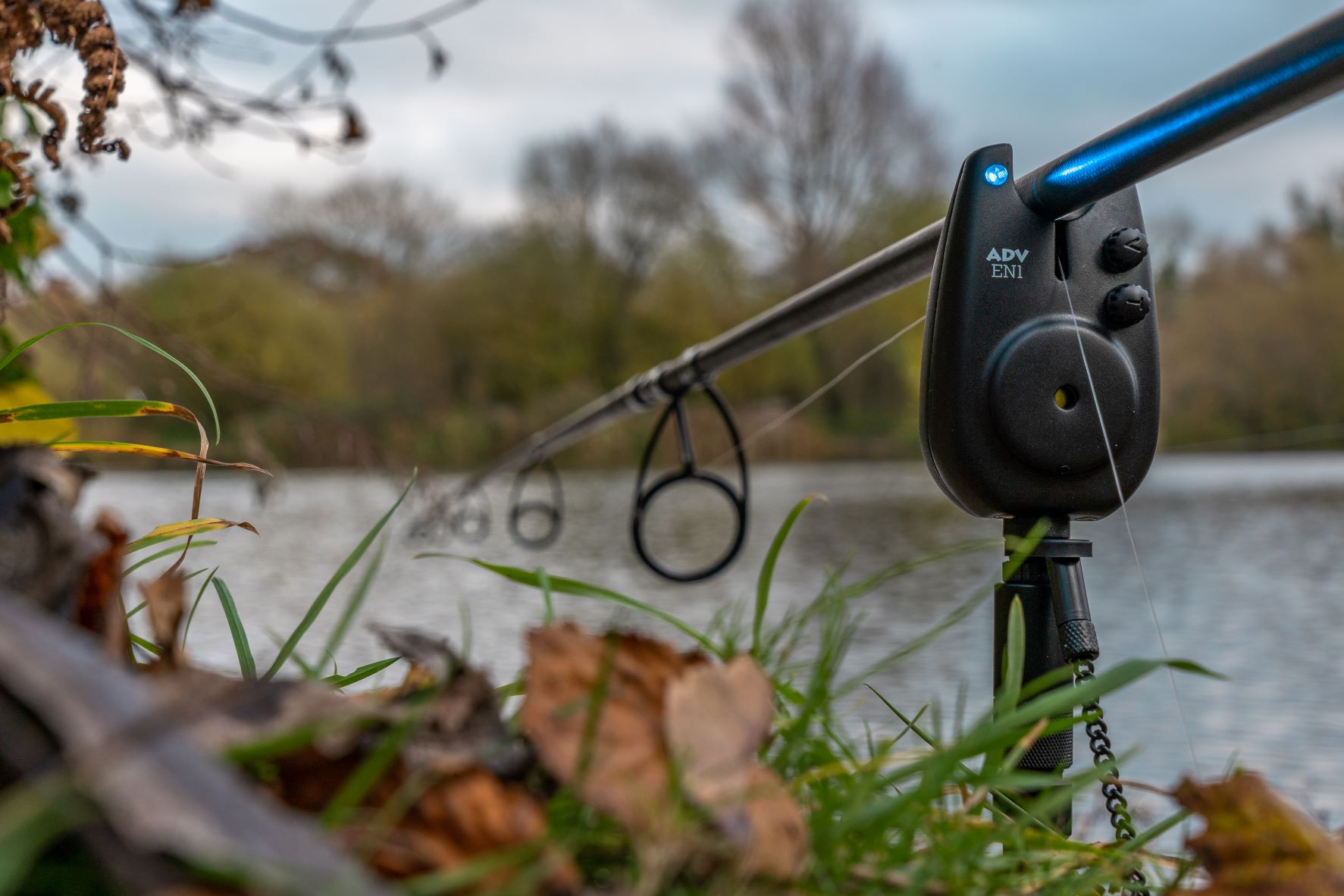
Light Indicators - Most of the bite alarms we stock will come with different colour LED options. Many anglers will have a colour preference and like to have all their bite alarms matching – the current favourite colours are purple and white, although this is liable to change season on season, year on year. Traditionally, however, the different colours were created to enable you to differentiate between rods when you get a low light level call from your bite alarm.
Sound or Tone - Many bite alarms will also offer a variety of tonal setups, allowing you to change each bite alarm’s tone independently. These have the same purpose as the different colour options and allow you to quickly pick out your active rod, which is especially useful if you are an angler who likes to have all your colours matching.
Volume - If you are someone who is going to be sat out with your rods the whole time then you might want to lower the volume of your alarm so as not to disturb anglers in nearby swims, for example. If you’re hard of hearing, or you want to make sure you’ve woken up in the night, you can raise the volume of your alarm, too. You might also have the option of muting your alarm altogether. This might appear counter-intuitive but it is a system that is most often employed if you’re using your receiver in conjunction with your alarm setup.
Sensitivity - Important on windy days or in locations where there is a lot of currents, the sensitivity on some alarms can be adjusted so that they don’t keep getting activated by a strong breeze. Most alarms with wheels and magnets allow you to lower the sensitivity as they increase the number of times the magnet needs to pass over the sensor in order to activate the alarm.
Batteries - Most alarms will have a notification when it comes to low power and you will either need to juice it up with some new triple-A batteries or charge at a rechargeable battery that may or may not come with the alarms. Consider how easy it is to access the batteries when choosing an alarm as easy access will make changing them over all the easier.
Waterproofing - Most manufacturers will list 100% waterproof as a feature of its bite alarm, meaning you can leave your alarms out in the pouring rain without concern. Most alarms have a stiff plastic outer shell or waterproof rubberized coating to keep the wet out so that they can be used in all sorts of weather.
Snag Ears - Some models of Bite Alarms come with retractable snag ears but some you will need to purchase separately. Snag ears are important as they are holding your rod firmly in place in the event of a side take so you do not lose your rod into the water.
What is the Best Bite Alarm for Fishing?
The right bite alarm has the potential to increase your catch rates exponentially, taking chance out of the equation and making sure you never again miss out on a golden opportunity. Whether you’re looking to invest in your first basic bite alarm, or you’ve spent years on the water and are ready for a cutting-edge alarm of world-class quality, Angling Direct has the bite alarm for you. Alarms vary in type and specification, and Angling Direct stock everything from the simplest of on/off alarms to much more complex systems with variable sensitivity settings.
Delkim bite alarms are widely considered to be the top of the range option when you’re looking to make an investment into your angling – and once you’ve seen the history of bite alarms it’s not hard to see why. At their most sophisticated, a single Delkim bite alarm can set you back upwards of £80.
On the cheaper end of the spectrum, you can purchase a Fox bite alarm for a little over £20. This might not give you as many tone, volume, and sensitivity options as the Delkim but it’ll still let you know when a fish is running away with your line. Other brands to look out for include Gardner, Nash, Steve Neville, and Sundridge – which is the brand that now produces the famous Optonic range of bite alarms. These all offer a range of prices.
What are Bite Alarm Receivers?
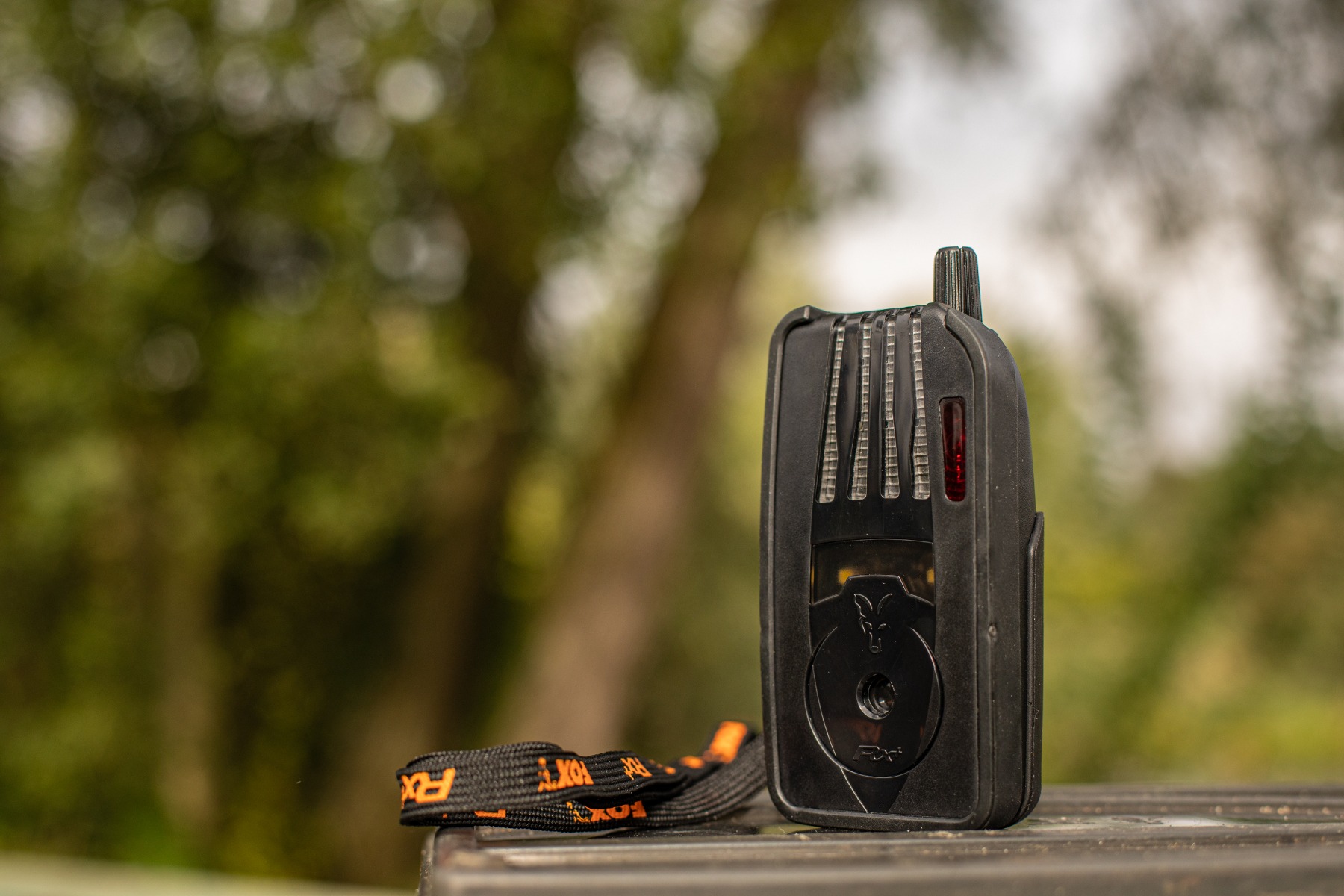
Bite alarm receivers are a relatively new addition to the bite alarm family and it has taken some time for angling companies to perfect them. These allow you to set your alarm to mute (where possible) and will alert you by vibrating, lighting up, or emitting a beep themselves. If you’re using your bite alarms when carp fishing then chances are you’ll want to purchase a set of three (or more).
Lots of receivers have a vibrate setting, as well as a traditional beep, which is ideal if you don’t want to disturb your swim at each false alarm. Bite alarm receivers tend to have multiple LEDs, too. You can normally program each of your bite alarms to a different LED colour, whether you want them to match the colour of the LED on your alarm or to line up with layout of your rods (i.e., one left LED, one right LED and one central LED). These allow you to quickly and easily identify which rod is running before you’re even out of your bivvy. Receivers really have revolutionised the bite alarm industry and have become a firm favourite among carp anglers. We have options available for purchasing three and four-part kits, either with or without a receiver, as well as individual bite alarms.
Why Should I Use Bobbins with Bite Alarms?
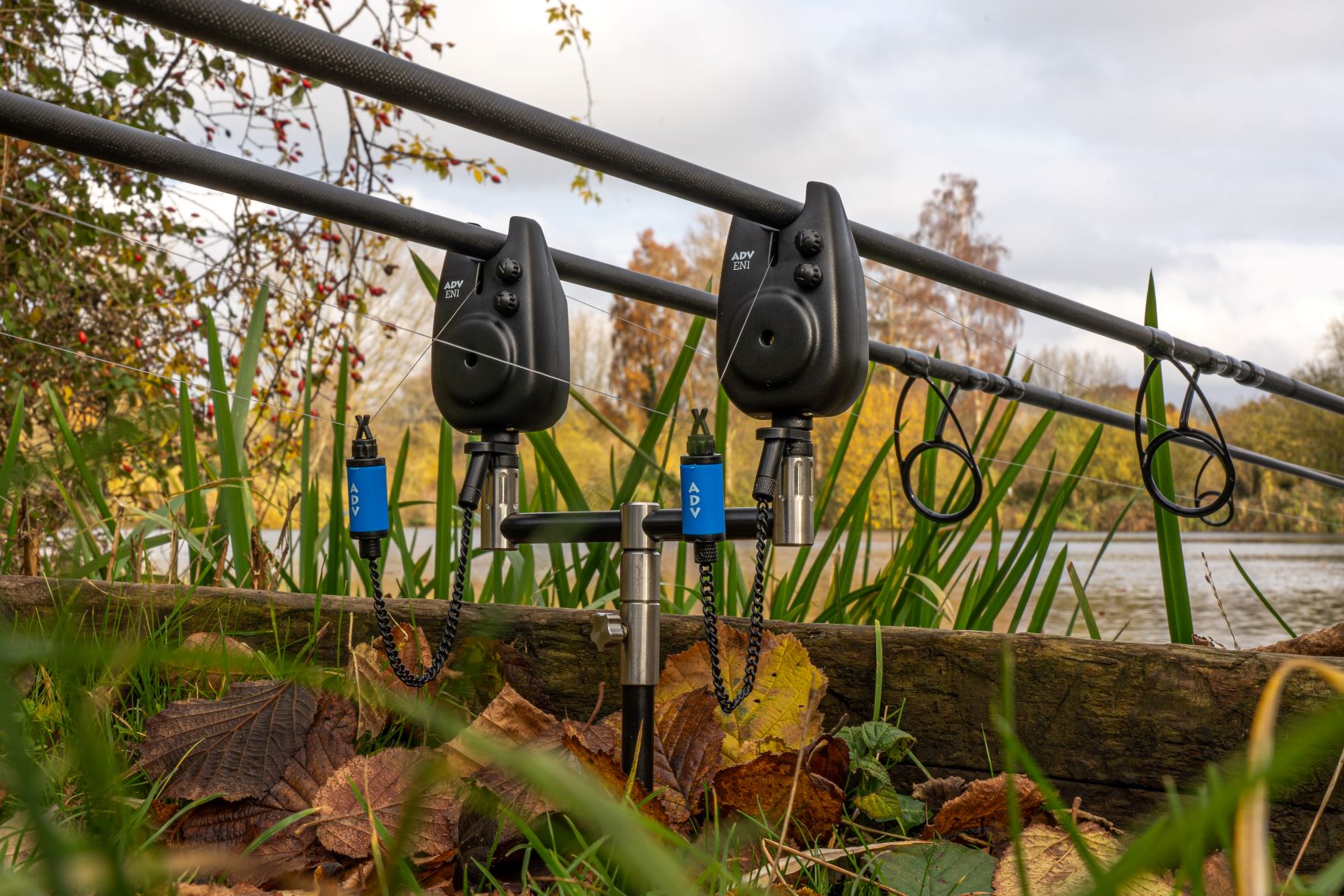
We also stock a full range of bite alarm accessories such as bite indicators for anglers who like to use traditional systems in conjunction with their advanced technological tackle.
Bite alarms are often used in conjunction with bite indicators, otherwise known as bobbins or hangers that clip on your line between your reel and your bite alarm. Bite indicator bobbins enable your alarm to alert you drop-backs as well as runs away from you and can also help when it comes to ascertaining the intensity of the take, too, which gives you clues about precisely when to set your hook and start the battle to bring the fish to the bank.
How Do You Set Up a Fishing Bite Alarm?
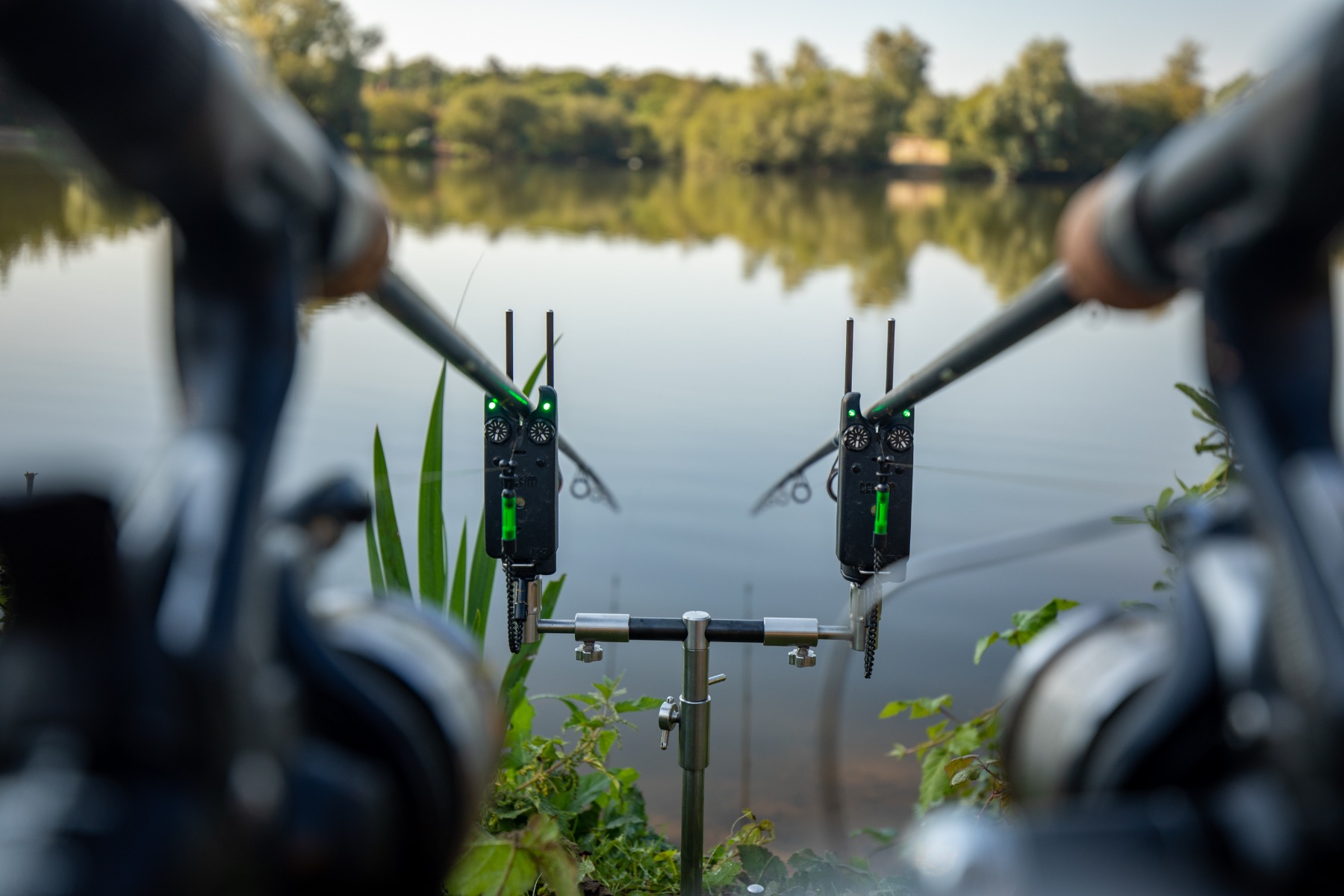
We, here at Angling Direct do not only stock the bite alarms you need but all the additional gear to help set them up securely at the bank. Bansticks and rod pods help hold your rod but this is where you attach your bite alarms to. When looking at a carp fishing reel, consider one with a free spooling option that has a second drag mechanism to allow the line to play freely off the reel while in a rod holder as this will allow the line to pass freely over the bite alarm thus activating it.
It’s not just bank ware and reels to consider when getting the perfect bite alarm set up. Try using a running rig or semi-fixed rig while targeting carp as this will ensure the carp hooks itself when it picks up your bait and activates the bite alarm as it charges away.
When setting up your carp fishing bite alarm remember to find a suitable, snag-free location to set up your bank ware, before screwing in your bite alarms to the front of your rod pod. All that is left to do after that is do after setting your gear up is to turn on your alarms and cast out your chosen bai and set your reel to free spool drag.
Want to know more about Bite Alarms?
We have a series of bite alarm reviews in our blog archive and our team in our Angling Direct team are always on hand if you need any extra assistance, either in your local store or on our customer services page.
